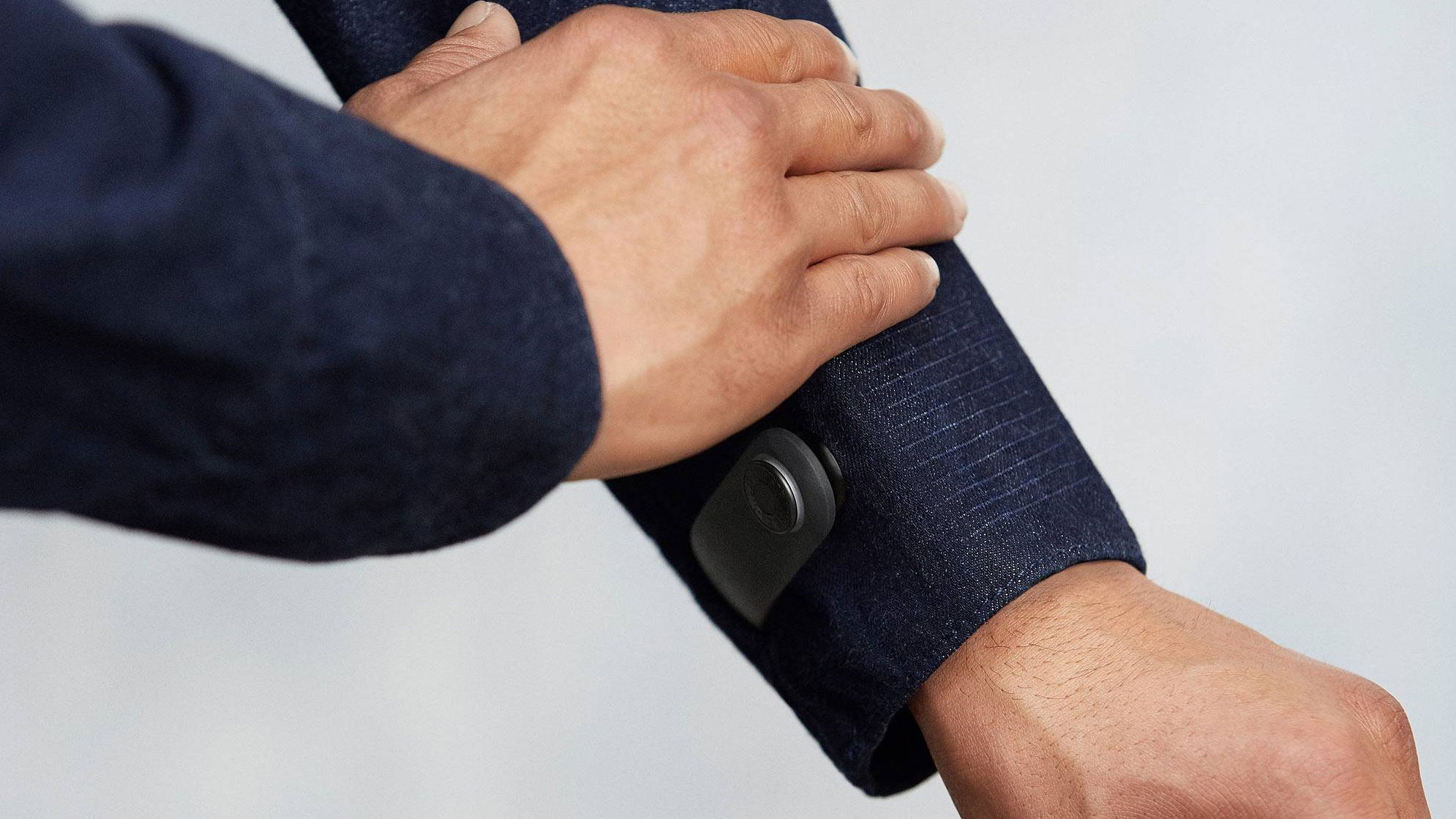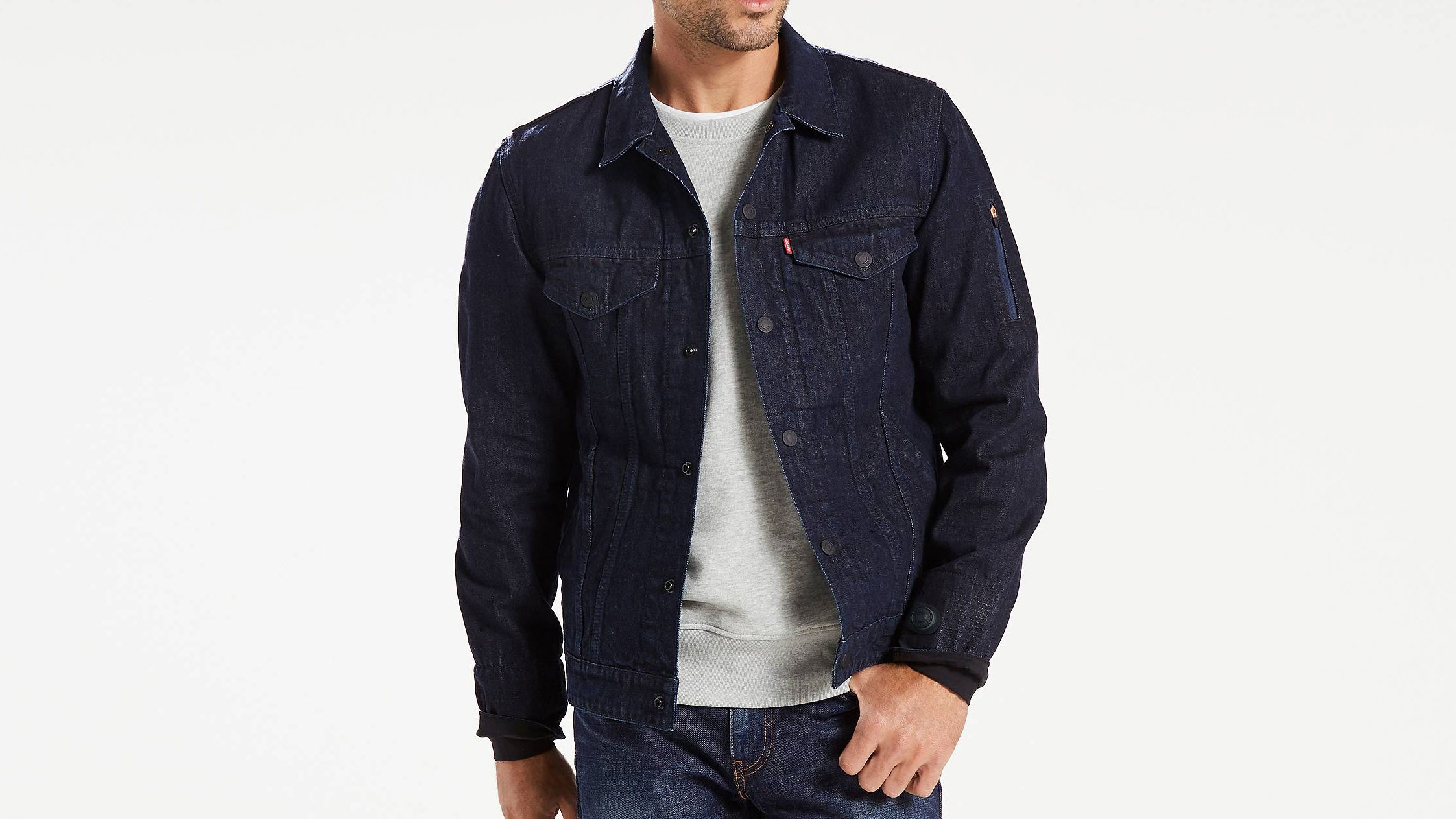Levi’s Project Jacquard 2.0: what we want from future Google-powered garments
What will second-gen Project Jacquard garments give us?

You wait all your life for smart connected clothing, then two come along at once.
Well, almost. Levi’s first smart garment, the Commuter jacket, has only recently gone on sale, but the firm’s CEO has now confirmed it’s already working on the second generation of connected fabric with Google.
The technology is from Google's Project Jacquard, which turns fabric into a touch-sensitive surface.
Levi's CEO Chip Bergh made the announcement at Wall Street Journal's D. Live conference, but didn't reveal any details on the second generation of connected clothing.
The original Commuter jacket is aimed primarily at cyclists, giving them the information they need without looking at a screen, but Bergh has suggested it'll put the technology in a range of garments going forward.
An example he gave was swimwear which can read your heart rate and count your lengths, but we'll have to wait for final details.
In the meantime, we've drawn up a wishlist of features we'd like to see from Project Jacquard 2.0.
Get daily insight, inspiration and deals in your inbox
Sign up for breaking news, reviews, opinion, top tech deals, and more.
Kinetic charger for your phone
The Levi's Commuter is aimed at cyclists, giving them easy access to key phone features with simple gestures on-sleeve - but wouldn't it be great if the clothing could also charge your phone?
Solar panels are an obvious choice, but they're difficult to integrate into garments in an aesthetically pleasing way, let alone the issues surrounding harvesting the suns rays in gloomier parts of the world. So how about harvesting kinetic energy instead?
If Levi's is targeting active wear, you'll be generating a lot of kinetic energy with your movements and we'd love to see that transferred to our smartphone. Being able to top up wirelessly in a pocket would be the icing on the charging clothing cake.

NFC with Android Pay
This one is easy. Stick an NFC tag into the clothing, have it link to the Android Pay account on your smartphone, stride into your local coffee shop and impress the barista as you wave the sleeve of your chunky knit over the payment terminal.
Contactless clothing payments. It's the future.
Built in microphone and speaker
Bergh did say that the fibers used in Project Jacquard don't have the ability to listen just yet, but it seems it's something that's being investigated.
Even if you can't build them into the fibers, adding a microphone and speaker to a button or two would increase the usability and functionality of the clothing and means you wouldn't be forced to wear headphones every time.
More styles and garments
Bergh has already hinted that Levi's is looking to bring the Project Jacquard technology to a wider range of clothing, so it looks like we're already well on our way on this point.
Garments such as coats, sweaters, cardigans, hoodies and even suit jackets are already well placed to incorporate the tech as they have sleeves, but we'd like to see more creative solutions as well.
How about accessories such as caps, bags and even shoes? Go on Levi's, spoil us!
A display, of sorts
We know, we know, the point of the Levi's Commuter was to give people key information without the need to look at a display, but there are use cases where a screen in our clothes could be useful.
What about a small circular panel on the wrist of a sleeve which could act as a smartwatch, or a dot-matrix display on your forearm which can show you key notifications, navigation directions and messages. Waterproofing has come on leaps and bounds in consumer tech in recent years, so with a bit of effort the jacket could still be washing-machine ready.
- Fancy getting yourself some wearable tech? There could be some top deals just around the corner as Black Friday 2017 is almost upon us.

TechRadar's former Global Managing Editor, John has been a technology journalist for more than a decade, and over the years has built up a vast knowledge of the tech industry. He’s interviewed CEOs from some of the world’s biggest tech firms, visited their HQs, and appeared on live TV and radio, including Sky News, BBC News, BBC World News, Al Jazeera, LBC, and BBC Radio 4.